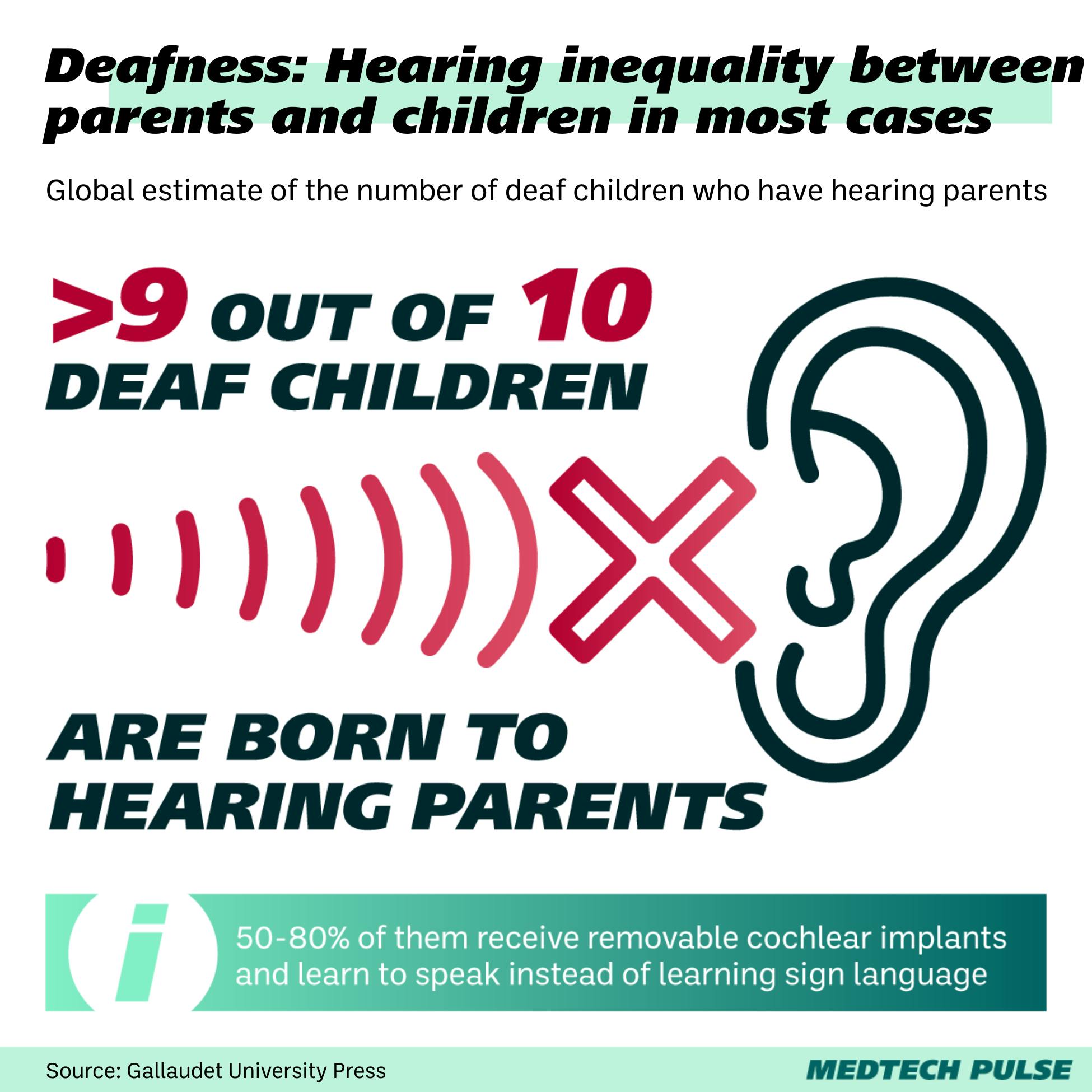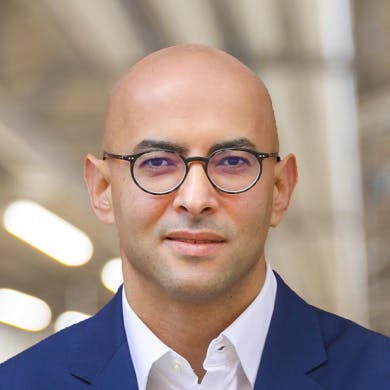Bad news for ADHD patients
Here’s an age-old medical ethics question: Should you treat a disability that also functions as a core cultural identity?
What about when the patient is a young child, who can’t consent for themselves?
This is the dilemma facing researchers working on treatments for deaf children—as well as those reacting to the news from the Deaf community. And yes, the capitalization is what distinguishes the condition from the culture.
The latest development in this debate: The news that a new gene therapy may “cure” congenital deafness.
As hearing people, it can be easy to hail this innovation as a win. Giving people the option to avoid a disability is wonderful, no?
Here’s where it’s complicated: Deaf people live full lives. Their condition does not shorten their lifespan. The Deaf community is a vibrant culture in itself, and they don’t consider themselves sick. Giving hearing parents—who are unfamiliar with Deaf culture—the choice to treat their child’s deafness is being compared by some Deaf people to eugenics. After all, with a majority of deaf children being born to hearing parents, it is they who will be making the choice.

These reactions are grounded in a fraught history.
Deaf people have faced harmful attempts at “curing” their deafness before—including painful, ineffective interventions and forced sterilization. It is understandable if new offers of a “cure” may be met with bristles. Even in the 1980s, when cochlear implants initially launched, many Deaf people called the technology “cultural genocide.”
On the other hand, avoiding congenital deafness may be an actual boon to some children. There is a real concern of deaf children lagging behind hearing peers in language development. Plus, in developing countries where Deaf communities are less robust, children with congenital deafness face far greater hurdles.
Going beyond this one complex ethical issue, there are broader questions for us medical innovators to consider: How do we know the treatments and devices we’re developing are wanted by patients? How do we present innovations to patient communities in culturally sensitive ways?
As we discuss medical innovations and develop them ourselves, we must remember to center the histories and desires of our intended patients. This is why the most impactful and easily adoptable medical technologies are those built through interfacing with clinicians and their patients—even elevating them to leadership or advisory roles.
It’s in all of our interests to keep innovating with curiosity and an open mind.
